New images taken by BepiColombo come at a time when interest in the second planet from the sun is at an all time high.
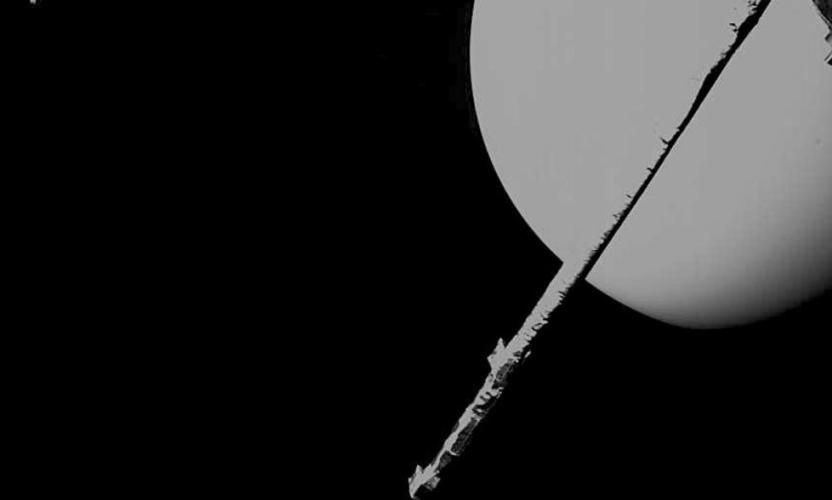

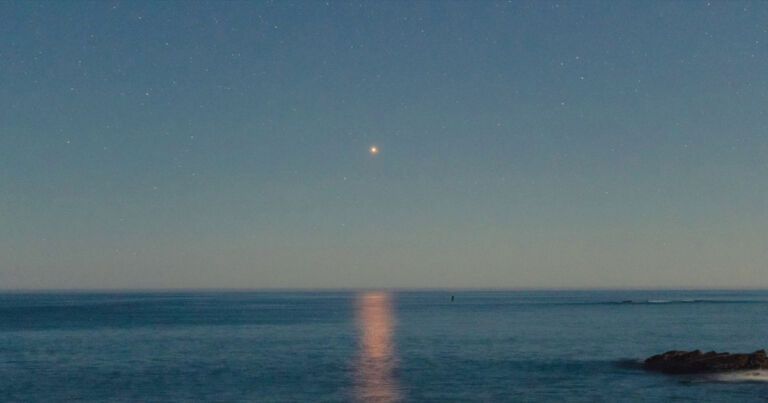
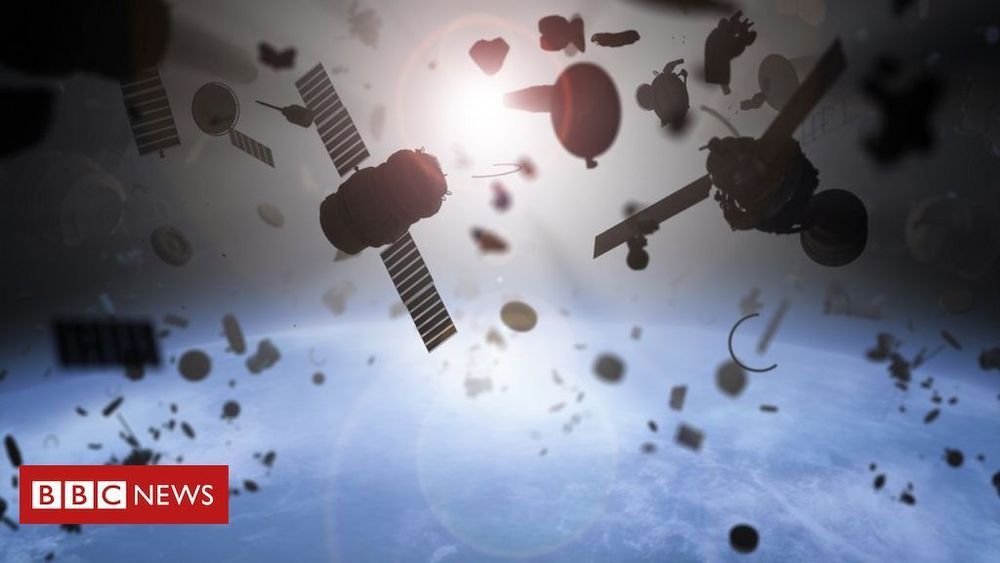
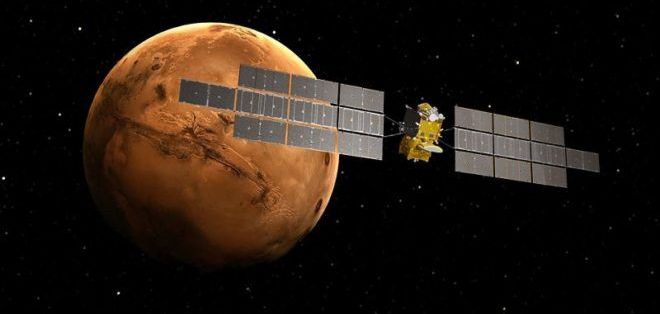

Luxembourg, 14 October 2020. – Airbus has been selected by the European Space Agency (ESA) for its ambitious five-year mission to go to Mars and bring the first samples from the Red Planet back to Earth, the company announced in Toulouse.
Airbus acts as ESA’s prime contractor for the Earth Return Orbiter (ERO), the first ever spacecraft to bring Martian samples back to Earth, the company said. The value of the contract is € 491 million.
The Mars Sample Return mission is a joint campaign from ESA and NASA and the next step in the exploration of Mars, Airbus said. The Earth Return Orbiter (ERO) and the Sample Fetch Rover, both designed and built by Airbus, are the two main European elements of that campaign.
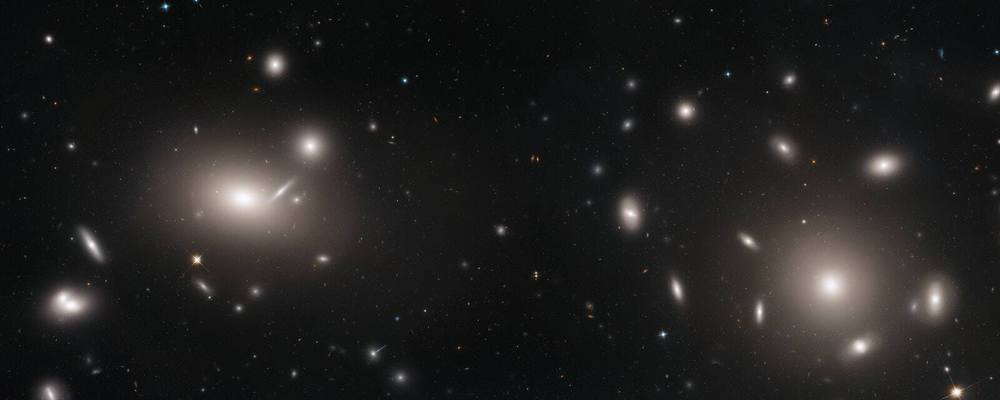
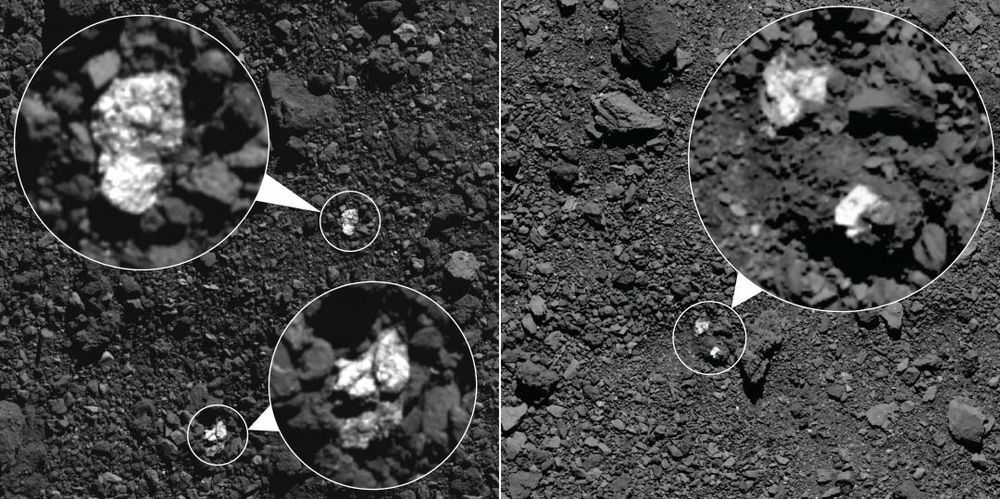
With NASA getting ready to land a spacecraft on the asteroid Bennu in just a few short days, the mysterious space rock is already revealing some of its secrets, including the presence of carbon-bearing materials.
Several studies were published on the matter in the journals Science and Science Advances, noting that carbon-bearing, organic material is “widespread” on the surface of the asteroid. This includes the area where NASA’s OSIRIS-REx spacecraft will take its first sample from, known as Nightingale, on Oct. 20.
“The abundance of carbon-bearing material is a major scientific triumph for the mission. We are now optimistic that we will collect and return a sample with organic material – a central goal of the OSIRIS-REx mission,” said Dante Lauretta, OSIRIS-REx principal investigator at the University of Arizona in Tucson, in a statement.
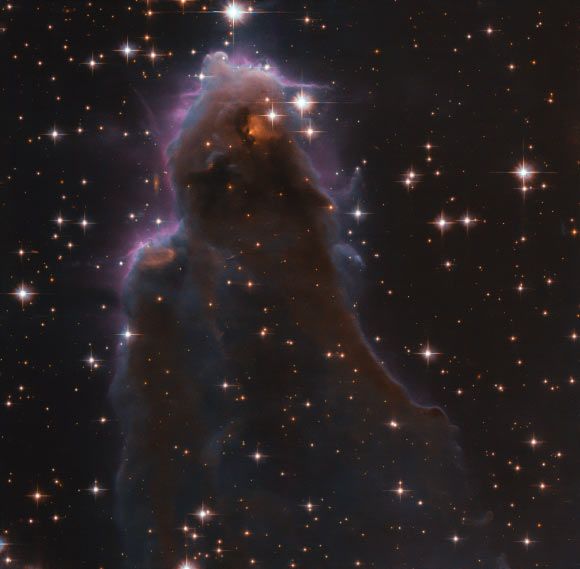
EGGs have very long tails and are approximately 100 AU (astronomical units) across.
They are being photoevaporated more slowly than their lower density surroundings, and so are left behind as the gas around them is driven off.
J025157.5+600606 is a so-called free-floating evaporating gaseous globule (frEGG).
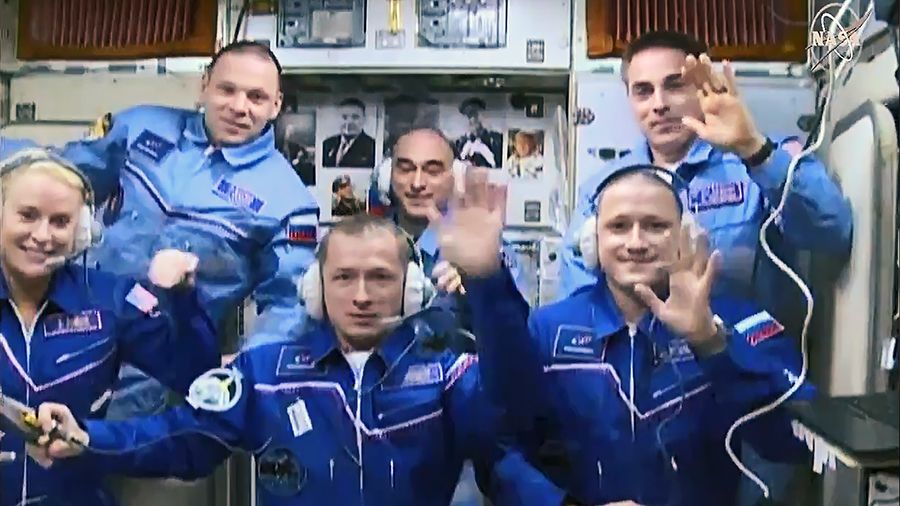
(Front row from left) Expedition 64 crew members Kate Rubins, Sergey Ryzhikov and Sergey Kud-Sverchkov join Expedition 63 crew members (back row from left) Ivan Vagner, Anatoly Ivanishin and Chris Cassidy inside the space station’s Zvezda service module. N…
NASA astronaut Kate Rubins and cosmonauts Sergey Ryzhikov and Sergey Kud-Sverchkov of the Russian space agency Roscosmos joined Expedition 63 Commander Chris Cassidy of NASA and cosmonauts Anatoly Ivanishin and Ivan Vagner aboard the International Space Station when the hatches between the Soyuz spacecraft and the orbiting laboratory officially opened at 7:07 a.m. EDT.
The arrival temporarily restores the station’s crew complement to six for the remainder of Expedition 63.
Expedition 64 begins Wednesday, Oct. 21, with the departure of Cassidy, Vagner, and Ivanishin in the Soyuz MS-16 spacecraft that brought them to the station on April 9. Cassidy will hand command of the station to Ryzhikov during a ceremony with all crew members that is scheduled for 4:15 p.m. Tuesday, Oct. 20 and will air live on NASA Television and the agency’s website.
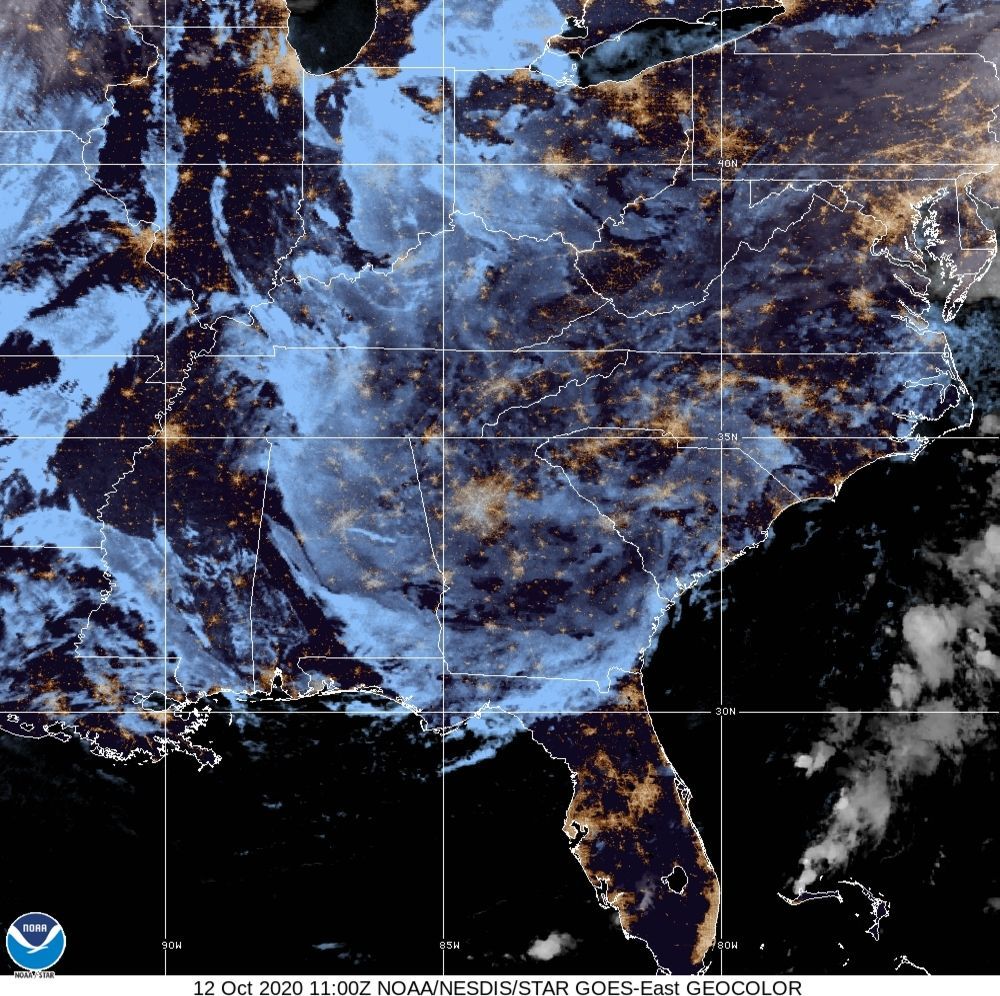
SpaceX won a $2 million contract from the SpEC consortium to study ways to provide weather data to the U.S. Space Force.
WASHINGTON — SpaceX is looking at ways it could provide weather data to the U.S. military. The company is working under a $2 million six-month study contract from the U.S. Space Force’s Space and Missile Systems Center.
Charlotte Gerhart, chief of the Space and Missile Systems Center Production Corps Low Earth Orbit Division, said in a statement to SpaceNews that SpaceX received the contract in July from SMC’s Space Enterprise Consortium.
The contract is to “assess the feasibility and long term viability of a ‘weather data as a service business model,’” said Gerhart.